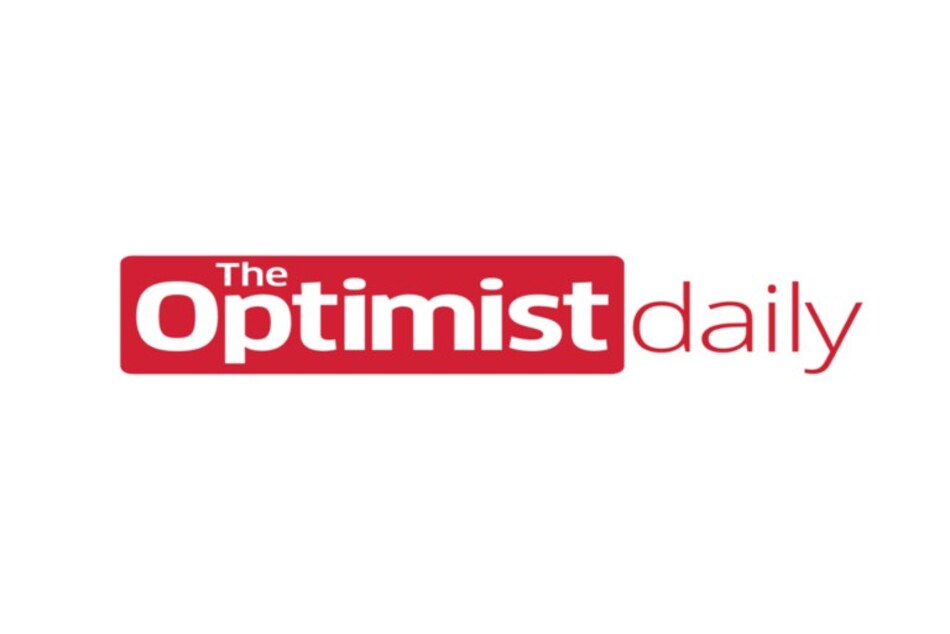Caregiving and homemaking are critical roles in our society, yet traditional economic metrics do not account for the value of this unpaid labor. As a large proportion of caretakers and homemakers are women, this issue is closely intertwined with gender equality and impacts how we perceive women’s professional roles. Time spent engaging in unpaid care work is also often undervalued in the professional world and a lack of formal recognition for the importance of this labor puts caregivers at a disadvantage when they seek to pursue formal paying positions.
Highlighting the work that people, organizations, and companies are doing to make the workplace market a more inclusive and equitable place is crucial, which is why we are sharing the efforts put forth by major online professional network LinkedIn.
In an attempt to recognize and value caregiving, LinkedIn offers more inclusive titles such as “stay-at-home mom/dad” or “caretaker” for users, so that if they had to take some time away from work, they can accurately represent what would otherwise be an unattractive gap in their resume. LinkedIn also does not require that any resume entry—such as “homemaker”—be linked to a company or employer.
The change was motivated by a Medium post that criticized the platform’s lack of inclusive language or flexible options for women and others who have had to leave the labor force. The pandemic has forced 2.3 million women out of work because of school and daycare closures, as well as the closure of service-oriented establishments that have a majority-female workforce, so this issue is incredibly salient right now.
Helen Bolen, author of the Medium post entitled: “How a Simple Platform Fix Can Help Millions of Women Trying to Re-enter the Workforce,” wrote: “Strikingly, there are zero pre-populated options on LinkedIn to identify maternity leave, parental leave, adoption leave, sick leave, bereavement leave, elderly care leave, or for long term injury/illness, education/re-training, volunteering, long term travel, a gap year, a sabbatical— or for a pandemic.”
LinkedIn executives like Bef Ayenew, director of engineering, agree with the critique and have revealed that they have been working on a more comprehensive overhaul of the platform’s digital resumes. Soon they will also allow users to create separate resume sections for employment gaps by choosing from ten different types of hiatus like “parental leave,” “family care leave,” or “sabbatical.”
Users of the platform have also been requesting to add gender pronouns to their profiles. LinkedIn is currently making strides to make this feature available in the near future.












